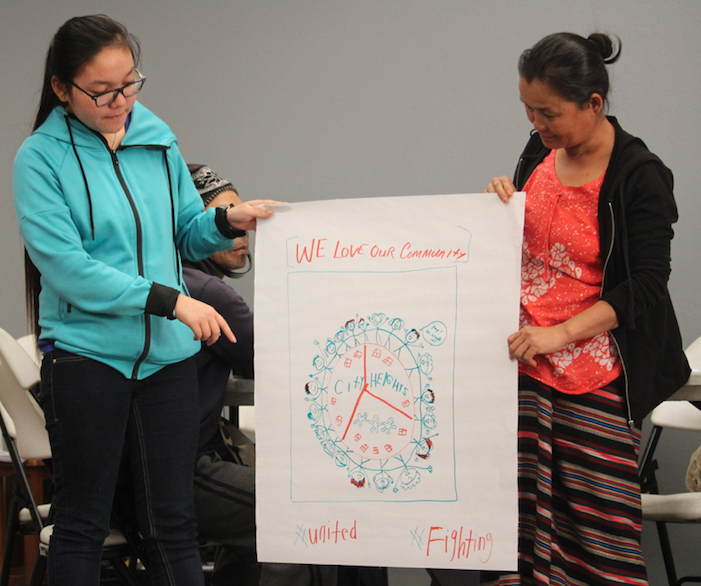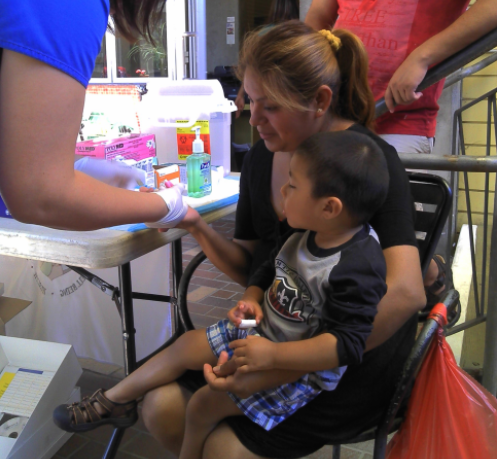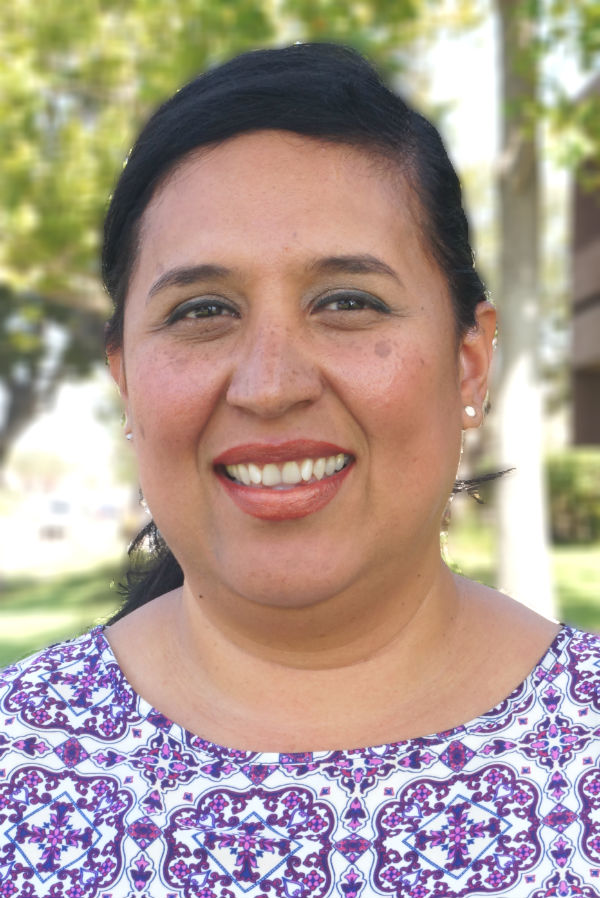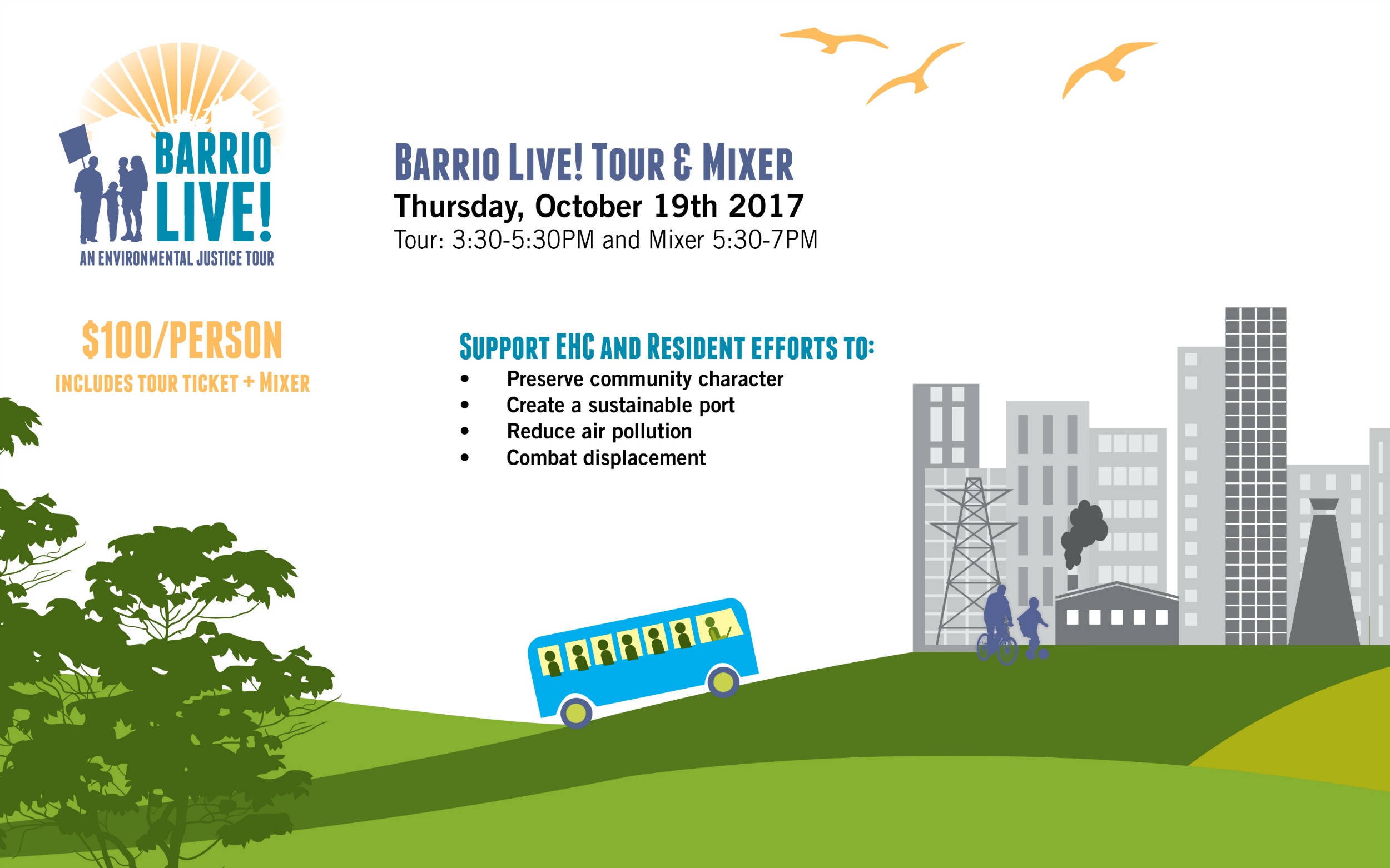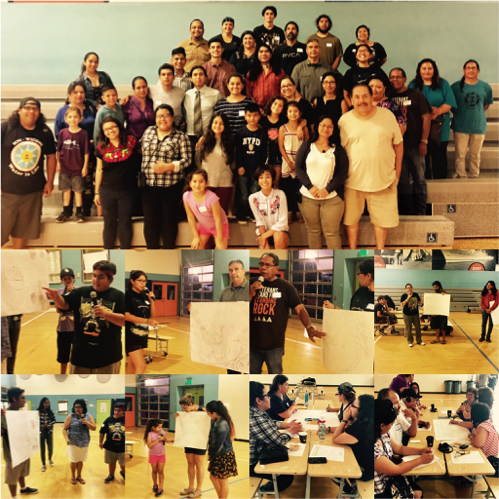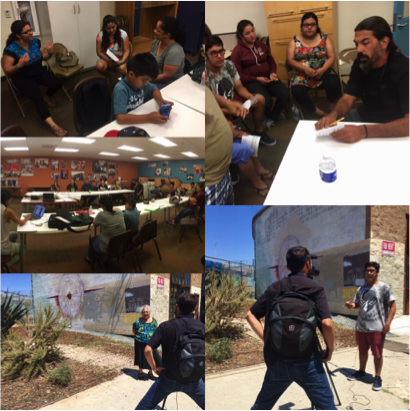La noche era fresca, pero era suficiente un suéter delgado y el calor de la fogata para disfrutar de las estrellas, la compañía y las buenas pláticas.
Llegamos al evento alrededor de 60 personas. El Arroyo Alamar nos recibió con nuevos brazos de arroyitos que se formaron desde las lluvias de febrero. Estaba verde y vibrante y los mosquitos eran una fiesta que había que alejar si no querías pasar la noche rascándote los brazos, pero nadie se quejaba porque estábamos felices de compartir ese inesperado bosque en medio de la zona industrial de Tijuana.
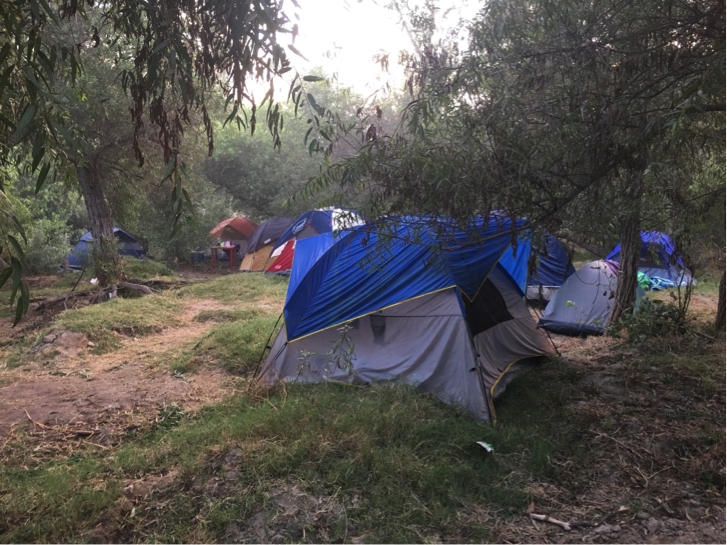
El evento comenzó desde la tarde, alrededor de las cinco y media y conforme íbamos llegando íbamos instalando las casas de campaña. Empezamos por dar una caminata por el bosque ripario en donde nos platicaron de las plantas y animales de la zona. Conocimos diferentes yerbas medicinales que se dan de forma natural ahí y que por generaciones han servido para apaciguar los síntomas como dolores de cabeza, fiebre y dolores de estómago por la gente que solía tener ranchos en esa zona.
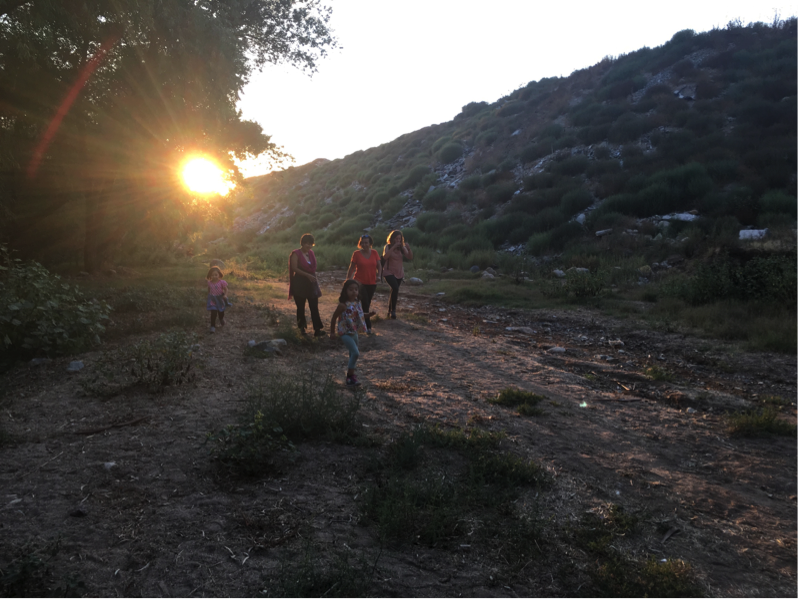
Llegamos al “árbol del ahorcado” donde nos platicaron las historias de miedo que platicaban los abuelos de la zona. Y valerosamente regresamos al campamento antes de que se oscureciera para evitar cualquier encuentro sobrenatural no planeado en el programa.
Cuando llegamos a la zona de campamento, el equipo de Scouts ya estaba iniciando la fogata.
Mientras seguía llegando la gente, los scouts coordinaron cantos y ceremonias alrededor de la hoguera, mientras platicábamos y preparábamos la cena para compartir que todos trajimos. A las nueve de la noche dimos la bienvenida general ya con toda la gente alrededor de fuego. Platicamos sobre la importancia del Alamar para las comunidades cercanas y de los beneficios que presta a la zona. De cómo es un rio binacional que nos recuerda que a pesar de los muros somos una misma región, con la misma gente, la misma agua y el mismo aire.
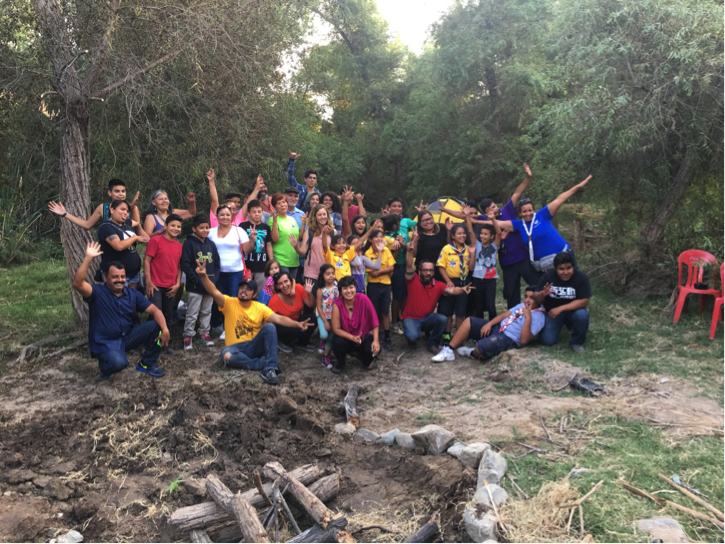
En seguida se presentó el grupo de danza africana “Proyecto Danza Afro Tj” que nos recordaron nuestra historia, raíces y al latido de la tierra con sus tambores y su danza. Y como no hay campamento que sea memorable sin una guitarra, el compañero Guillermo Guadalajara interpretó canciones de canto nuevo que nos recordaron que todos estamos conectados. La noche siguió y seguimos.
Amaneció a las 5:30 de la mañana ya con los chilaquiles en la fogata y el café y los frijoles calientes. Nos despedimos todos con una sonrisa por haber hecho nuestro por esa noche ese bosque y porque estamos seguros de que ese espacio es de todos y para todos y que seguramente no será el último campamento en el Alamar.
#ElAlamarEsDeTodos #ViveElAlamar
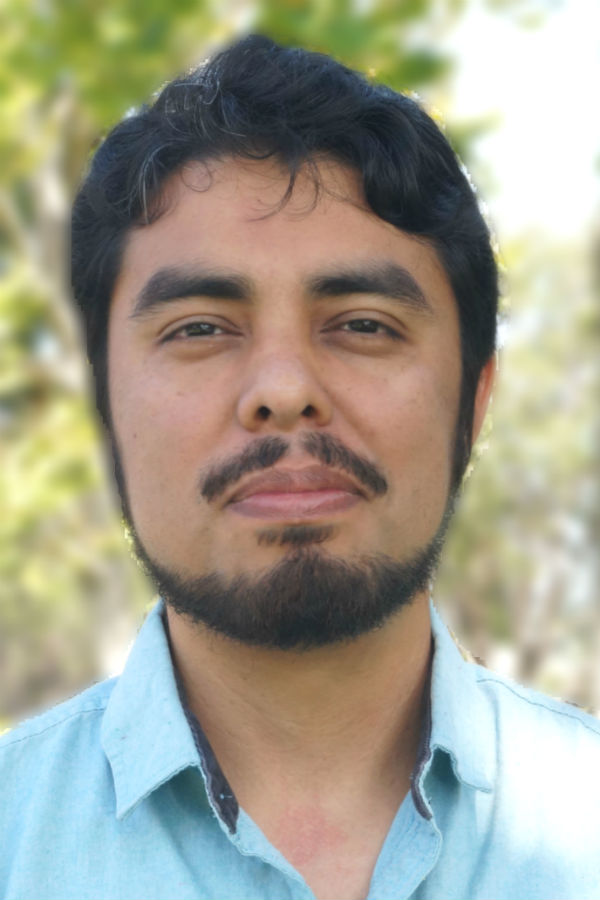
Aníbal Méndez
Community Organizer, Border Environmental Justice Campaign
